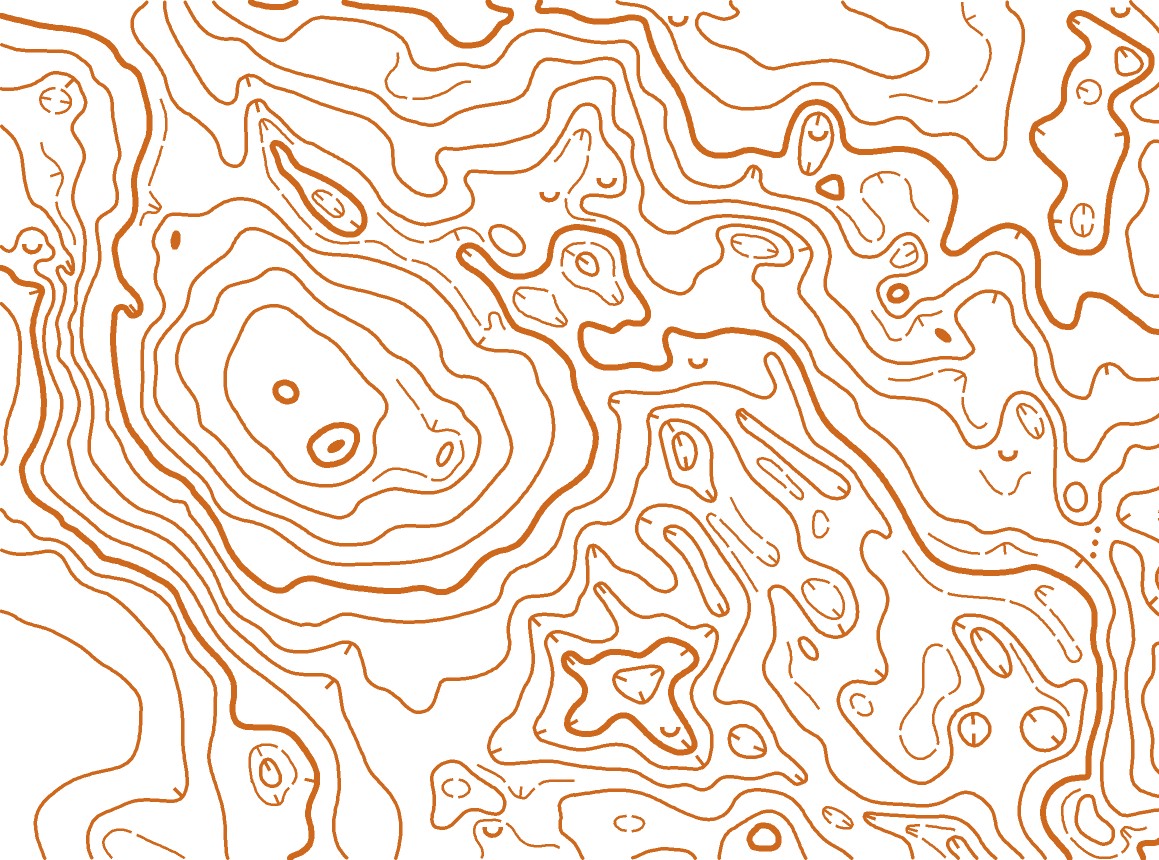In the ever-evolving world of digital mapping, map tile servers have undergone significant advancements to deliver faster, more efficient, and richer map experiences. From the traditional XYZ tile scheme to the more recent Quadkey system, developers and cartographers have continuously innovated to meet the growing demands of mapping applications. In this article, we’ll explore the evolution of map tile servers and the transition from XYZ to Quadkey.
The XYZ Tile Scheme:
The XYZ tile scheme, also known as the Slippy Map Tilenames, has been a cornerstone of web mapping since its introduction. In this scheme, map tiles are organized in a grid pattern, with each tile identified by its zoom level, row, and column coordinates (X, Y, Z). This hierarchical structure enables efficient storage, retrieval, and display of map tiles, allowing users to seamlessly navigate maps at different zoom levels.
Advantages of XYZ Tiles:
- Simplicity: The XYZ tile scheme is straightforward and easy to implement, making it accessible to developers and cartographers.
- Scalability: By dividing the map into a grid of tiles, the XYZ scheme accommodates varying zoom levels and scales, from global overviews to street-level detail.
- Compatibility: XYZ tiles are widely supported by mapping libraries, frameworks, and platforms, ensuring interoperability and ease of integration.
Limitations of XYZ Tiles:
- Storage Overhead: Storing map tiles in a hierarchical XYZ structure can lead to redundant storage of tiles, especially at higher zoom levels where tile density increases.
- Performance: As map applications scale and serve a larger user base, retrieving and serving individual XYZ tiles can become resource-intensive and impact performance.
The Quadkey System:
Recognizing the limitations of the XYZ tile scheme, developers have devised alternative approaches to optimize map tile storage and retrieval. One such innovation is the Quadkey system, which represents map tiles using hierarchical quadtree structures.
How Quadkey Works:
In the Quadkey system, each map tile is identified by a unique string of characters known as a Quadkey. This string encodes the tile’s position within a quadtree, where each digit corresponds to a level of the tree and indicates the tile’s location within the parent tile.
Advantages of Quadkey:
- Hierarchical Structure: The Quadkey system organizes map tiles in a hierarchical manner, enabling efficient storage and retrieval of tiles at varying zoom levels.
- Compact Representation: Quadkeys provide a compact and expressive way to encode tile coordinates, reducing storage overhead and improving scalability.
- Flexibility: By leveraging quadtree structures, the Quadkey system offers flexibility in representing spatial data, supporting dynamic tile generation and on-the-fly aggregation.
Applications and Adoption:
The Quadkey system has gained traction in various mapping applications and platforms, including:
- Microsoft Bing Maps: Bing Maps utilizes Quadkeys to organize and retrieve map tiles, providing seamless navigation and high-resolution imagery.
- Google Maps Static API: Google Maps Static API offers support for Quadkey-based tile requests, allowing developers to generate customized map images for static maps.
Conclusion:
As mapping technologies continue to evolve, innovations like the Quadkey system demonstrate the ongoing quest for efficiency, scalability, and performance in map tile servers. By transitioning from the traditional XYZ tile scheme to more advanced approaches like Quadkey, developers and cartographers are poised to deliver richer, more immersive map experiences that cater to the diverse needs of users worldwide. As we look to the future, the evolution of map tile servers will undoubtedly play a pivotal role in shaping the next generation of digital mapping solutions.


Leave a Reply